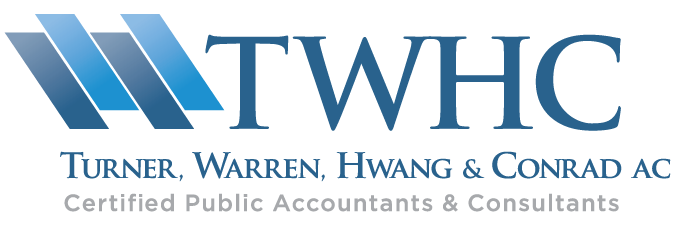Nonprofits Need to Educate Donors About New Tax Benefits
The Consolidated Appropriations Act (CAA) enacted in December 2020 extends and modifies several key tax provisions originally included in the Coronavirus Aid, Relief, and Economic Security (CARES) Act. The CARES Act provided several forms of financial support to individuals and businesses. Not-for-profit organizations should pay particular attention to two extended provisions: a tax break for donors of smaller charitable gifts and one that will be advantageous to big donors. The new law also extends tax breaks for corporate donors.
This is good news for some not-for-profits that have struggled financially over the past year. But you can’t assume that your supporters know about these changes in the law. Educate them about tax benefits as you solicit new donations.
Deduction for Non-Itemizers
Federal tax law allows individual taxpayers who itemize deductions on their tax returns to deduct donations made to qualified charitable organizations. Until the CARES Act came along, non-itemizers who claimed the standard deduction weren’t eligible to deduct donations to charity.
The CARES Act authorized a “universal deduction” for the 2020 tax year. So even people who don’t itemize, can write off monetary contributions to qualified charities of up to $300 in 2020. However, note that this “above-the-line” deduction isn’t available for donations to non-operating private foundations, support organizations or donor-advised funds (DAFs).
To be eligible for the new $300 deduction, taxpayers must accept the standard deduction. Under the CARES Act, the maximum amount applied to each filing unit, which means that for 2020 tax returns, married couples filing jointly can deduct up to $300 — not $600. Married couples who file separately can deduct up to $300 each in 2020 — or $600 collectively.
The CAA extends the charitable donation deduction for non-itemizers to 2021 and gives married couples filing jointly a bonus. For this year, each spouse is entitled to a deduction of up to $300, for a maximum of $600. You should make sure that your smaller donors know about this opportunity.
Note: This deduction can’t be claimed for amounts carried over from prior years, nor can any excess amount from the current tax year be carried over to the next. The deduction is a use-it-or-lose-it proposition.
Bigger Breaks for Itemizers
In most cases, taxpayers who itemize their deductions can deduct the full number of charitable contributions so long as they meet certain strict substantiation requirements. However, several limits apply. For example, taxpayers who donate appreciated property can only deduct up to 30% of their adjusted gross income (AGI). Any excess amount can be carried over for five years.
Before recent legislation, taxpayers who made monetary donations were limited to deductions equal to 50% of their AGI — with a five-year carryover period. The Tax Cuts and Jobs Act (TCJA) bumped up the figure to 60% of AGI for 2018 through 2025. The CARES Act went one step further and increased the percentage to 100% of AGI for 2020. The CAA extends the 100%-provision through 2021.
This is an important opportunity for wealthy individuals to greatly reduce their tax liability. You should encourage major donors to take advantage of this temporary break and make gifts this year.
Corporate Charitable Deductions
Individuals aren’t the only ones subject to charitable deduction limits. Similar rules apply to corporations. Before the CARES Act, corporations could deduct charitable contributions up to 10% of their taxable income. The CARES Act increased this limit to 25% of taxable income for 2020. Now the new law extends the higher limit for 2021.
In addition, some C corporations may benefit from a special tax break. Normally, deductions for donated property are limited to the fair market value of the property, less the amount that would constitute ordinary income if sold. But C corporations that donate food inventory may deduct an amount equal to the basis of property, plus one-half of the property’s unrealized appreciation, up to twice the basis. To qualify, the donation must be made for the care of “infants, the ill or needy.”
This deduction was originally limited to 15% of taxable income. The CARES Act increased the limit to 25% for 2020, and the CAA extends it to 2021. Make your corporate supporters aware of these developments, particularly the C corporations that donate food.
Make Hay
As the saying goes, make hay while the sun shines. Although charitable donors may be motivated to give for other reasons, they usually don’t turn down a tax break. Encourage your marketing and development staff to reach out to supporters who may want to take advantage of what appears to be temporary tax provisions.
Content retrieved from: https://www.twhc.com/resources/blog/nonprofits-need-to-educate-donors-about-new-tax-benefits.





